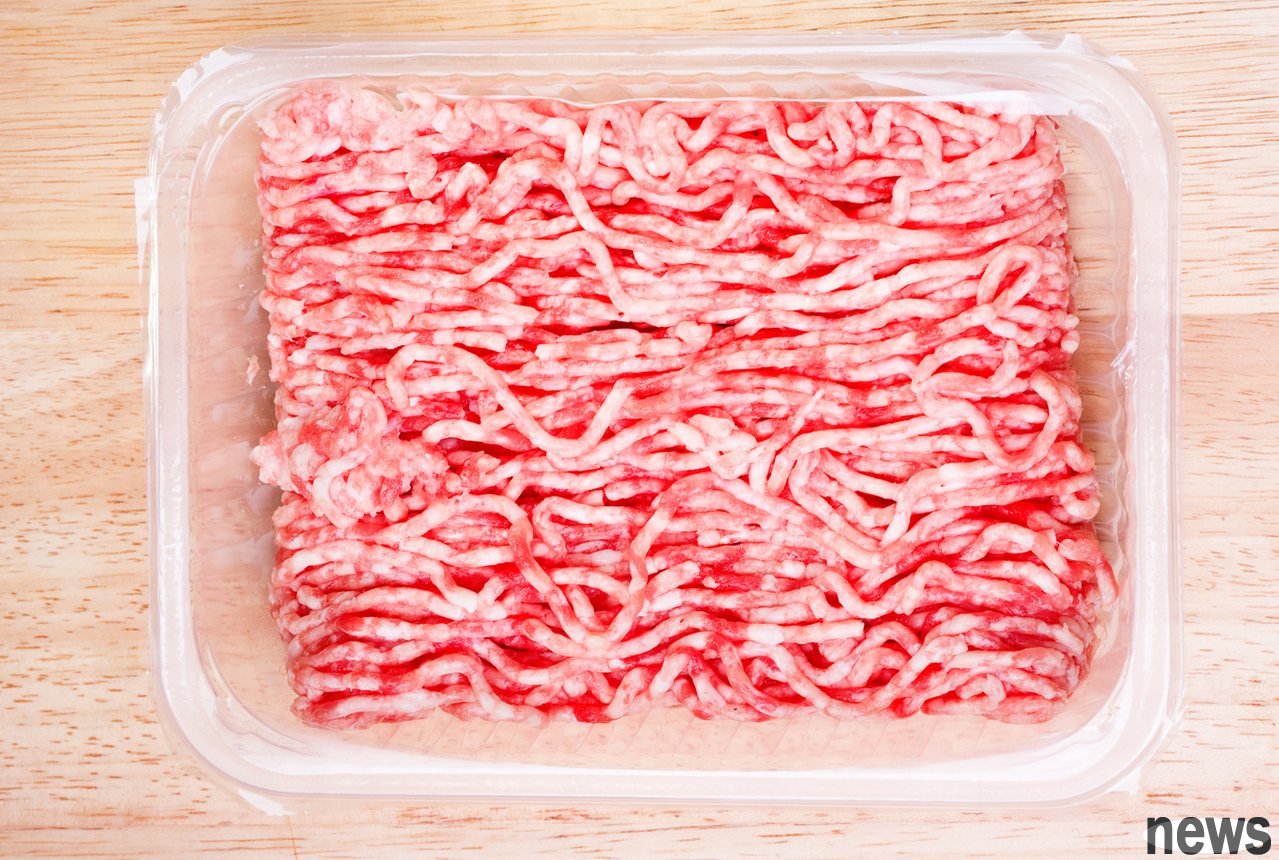Beef stew is a versatile meat product. Many people will buy a large amount of it to store it in the refrigerator for use in many dishes. However, experts pointed out that many people store ice after buying beef meat, so that the taste, texture and o...

Beef stew is a versatile meat product. Many people will buy a large amount of it to store it in the refrigerator for use in many dishes. However, experts pointed out that many people store ice after buying beef meat, so that the taste, texture and overall meat are lost, and there are eight common errors.
1. It is best not to keep beef meat in the room temperature for more than two hours. The length of this time is that the meat is cold from the beginning. If the room temperature reaches 90 degrees Celsius (about 32 degrees Celsius), it will be extremely limited in one hour. The agricultural department defines the "hazard zone" of meat removal at 40 degrees to 140 degrees Celsius (about 4 degrees to 60 degrees Celsius). In this area, bacteria tend to grow rapidly, causing people who eat it to be easily infected with bacteria, such as botox poisoning, cystos poisoning, etc. 2. Keep it for too longYou can keep the beef meat in the refrigerator for a short time, but it won't work for a long time, and the safe period is up to two days. If the beef meat that has been cooked is well processed, it can be refrigerated in the refrigerator for 3 to 4 days.
3. Place in the wrong position in the refrigeratorto herd other minced meats such as beef meat, preferably at the lowest level or the second level of the refrigerator; the ideal place is the lowest level, which is the coldest place in the entire refrigerator to prevent bacterial interaction infection with other foods.
4. A large piece of beef meat is dropped into the refrigerator without being divided into small packetsMany people are prone to making this mistake. Not only is it very troublesome to use it later, but it also means that the meat takes longer to cool it or remove the ice. Buy a lot of beef meat at a time. Please estimate the amount you use each time before putting it in the refrigerator, and then cool it down after dispensing.
5. Do not remove air before refrigerationExperts believe that manufacturers who make beef meat usually do not pack ideally, so after consumers buy it themselves, it is best to move to a thicker plastic bag or a closed storage box designed for refrigeration. In addition, you must first squeeze the air before putting it into the refrigerator. It is very convenient to have a vacuum sealed installation, otherwise you can use your hand to press the air as much as possible.
6. There is a problem with the refrigerator temperature without knowing it.Experts who have worked in restaurants for a long time pointed out that the built-in temperature measurements of refrigerators are not always reliable when they are shipped. It is recommended that the basic temperature measurements of two sets of external refrigerators are cheaper and more accurate, which can ensure that the refrigerator is iced enough and keep it between 0 degrees Celsius and 40 degrees Celsius. If the meat needs to be stored for a long time, the refrigerator's cooling force must be maintained below 0 degrees Celsius (about -17 degrees Celsius).
7. Failure to prevent food cross-infectionFood cross-infection refers to the transfer of bacteria from object A to object B when transporting, storing, refluxing or cooking. This means that beef meat may be in contact with other foods and is infected with unknown bacteria, so as to avoid beef meat from contacting other foods as much as possible.
8. Beef meat is not completely relieved before cookingSome common treatment errors in cold meat, such as hydrolyzing or placing it on the flow table to relieve it, are not suitable for beef meat. It is best to turn the refrigeration area from the refrigeration area early, slowly reduce the temperature and relieve the rinse. Completely relieved can ensure that all beef meat is cooked evenly and will not produce any strange flavor.
Responsible editor: Gu Zihuan